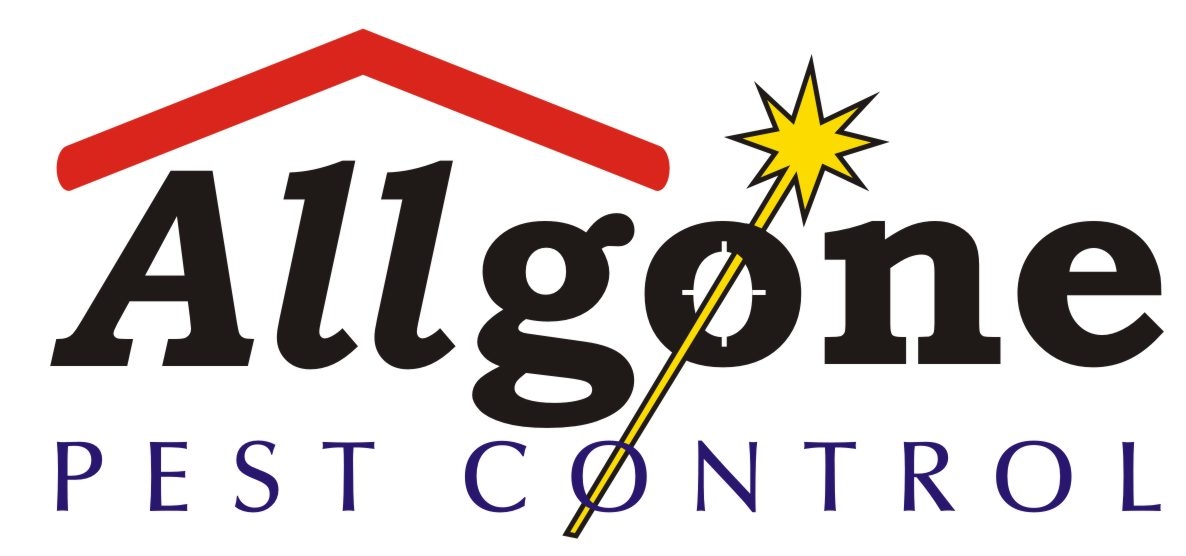Rodents
The ideal habitat for rodents is where there is a proliferation of vegetation, food and water. Complete control is difficult, however, a number of relatively simple measures can be taken to minimise problems. Rodents are destructive and can spread disease. Rodents are most active at night although rodents may be seen during the day when numbers are high and food is in short supply. Apart from tell-tale droppings, rats in particular may be indicated by signs of gnawing needed to control the growth of their teeth, oily smears from their coats along walls used for guidance due to their poor eyesight, burrows and worn tracks in undergrowth. Rodents often become a serious problem in cold winter months when they seek food and warmth inside buildings. Rodents may suddenly appear in large numbers when excavation work disturbs their in-ground nesting locations, or their food source is changed, such as, rats feeding in school premises may enter near by properties during the school vacation periods. Rodents are commonly a problem where a building is located near waterways, creeks and canals or other places where ready water supply is available.
Rodents live in the most unsanitary places, (drains, under concrete, in subfloors and in garbage refuse areas, kitchens, roof voids) and are carriers of serious health risks to humans from their droppings and constant incontinence (rodents use urine trails to find their way in the dark). The importance of achieving and maintaining a high standard of hygiene and sanitation and decreasing food and shelter available cannot be overemphasised in controlling rodents. Use sound rubbish containers with tight lids, clean up any rubbish heaps and overgrown weeds around the building. Water and food bowls for the pets should not be left out at night as this will encourage a rodent infestation in the building. Rodents often cause electrical fires in buildings by gnawing through plastic electrical junction boxes. Rats must constantly gnaw on hard objects to cut back their constantly growing incisor teeth.
There are two pest species of rats commonly found in domestic and commercial premises - the brown (sewer) rat and the black (roof) rat. The identification of each species is essential to formulate an effective control program. Knowledge of the rodents habits is essential to eradicate a problem, for example, rodents avoid bait touched by human hand - they have an acute sense of smell "cunning as a rat".
Control of Mice
Although most people consider mice less objectionable than rats, mice are more common and cause significantly more damage. Mice are prolific breeders, producing 6-10 litters continuously throughout the year.
Today baiting generally is the best method of control. Any rat baiting program should use safe tamper resistant bait stations placed in areas and is secure from access by children and pets - such as in a roof void and sealed sub-floor and/or storage rooms. Extreme care must be used when handling baits and poisons as they are generally toxic to humans and household pets. All solid baits are best used inside bait stations, for the protection of pets and to encourage the rodents to feed where they feel protected. The bait station should be located in a dark, protected area with all other food sources removed.
As a preventive measure, I recommend that all potential entry points into the building be sealed to physically exclude rodents from entering the building. Block entry by sealing gaps around windows and doors greater than 6 mm wide with silicon sealer. Install metal flashing or timber moulding sealing around pipe penetrations or protect flues with mortar, metal sheet or fine metal mesh (mesh size less than 6mm) using pipe guards on downpipes and flues to prevent rodents from climbing. Using rodent proof fencing, smooth rendering walls down to the floor or providing a 150 mm strip of hard gloss paint at the base of walls, will prevent rodents from climbing. Providing steel kick plates at the base of doors and door frames will prevent gnawing. Using single leaf construction in food stores prevents access through the cavity.
You can encourage rodents to move elsewhere by making your property an undesirable place to live. An undesirable habitat is created by cleaning up all spills of food or water, however small, storing grains or foods in sealed plastic or metal containers, storing grains or foods at least 200 mm off the floor, removing all rubbish and waste, removing weeds and long grass, pruning trees and shrubs off the ground and at least one metre from buildings, storing building materials and timber in tidy stacks, avoiding formation of cavities, removing water sources such as water bowls for pets, dripping taps, pooling in poorly-fitted guttering and saucers under pot plants, screening access points to rainwater tanks and over garden ponds.
